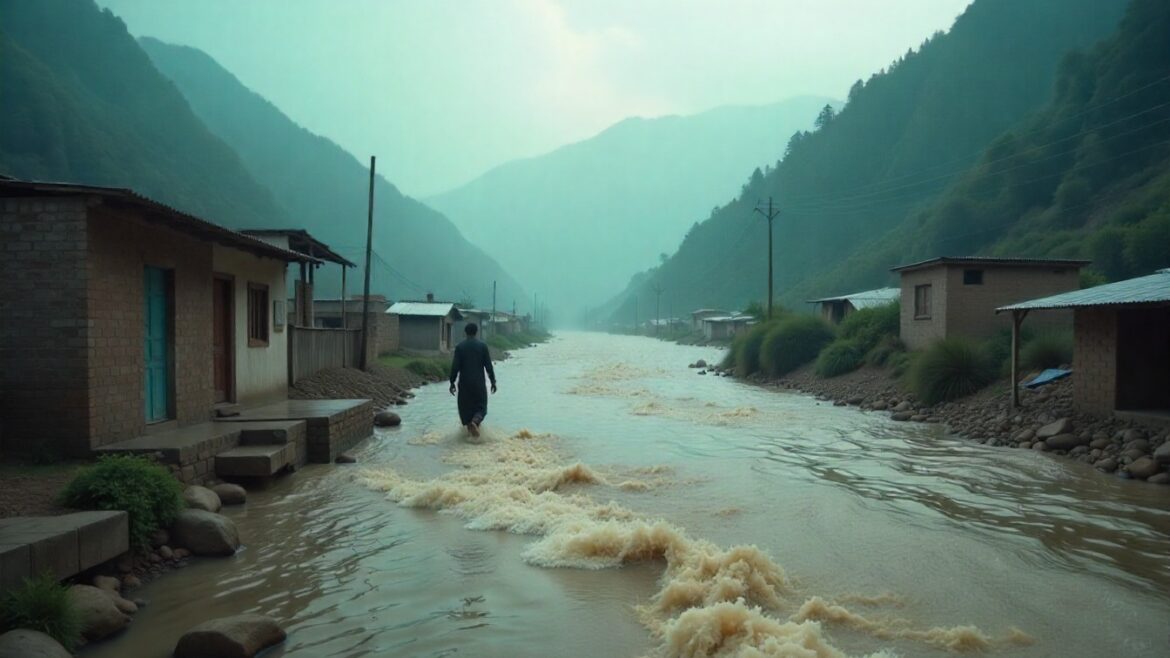The National Disaster Management Authority (NDMA) has issued a fresh alert as the Pakistan Meteorological Department (PMD) forecasts widespread rains and thunderstorms across the country. From August 29 to September 2, 2025, heavy downpours are expected in multiple regions, raising concerns over flooding, landslides, and urban inundation.
This alert comes as Pakistan continues to grapple with the challenges of monsoon flooding, threatening lives, infrastructure, and agriculture.
Punjab: High Risk of Flooding
The NDMA has highlighted northern and northeastern Punjab as highly vulnerable, with heavy rains predicted in:
- Rawalpindi
- Lahore
- Sialkot
- Gujranwala
- Narowal
- Mandi Bahauddin
- Chakwal, Jhelum, and Attock
Flooding in low-lying areas of central and southern Punjab—including Multan, Bahawalpur, Dera Ghazi Khan, Rajanpur, and Rahim Yar Khan—poses a significant threat to local communities.
Khyber Pakhtunkhwa: Landslide Threat
From August 29 to 31, Malakand and Hazara divisions may face landslides due to intense rainfall. Districts at risk include:
- Swat
- Chitral
- Mansehra
- Abbottabad
- Buner
- Dera Ismail Khan, Tank, and Kohat
The mountainous terrain makes these regions especially vulnerable to landslides and road blockages.
AJK and Gilgit-Baltistan: Landslides & GLOFs
In Azad Jammu and Kashmir (AJK), heavy rains may hit Muzaffarabad, Bagh, Kotli, and Mirpur, raising fears of landslides between August 29 and September 2.
Similarly, Gilgit-Baltistan faces risks of Glacial Lake Outburst Floods (GLOFs) in areas like Skardu, Hunza, Gilgit, and Diamer. These events can severely impact local communities and infrastructure.
Sindh: Karachi Faces Urban Flooding
Sindh’s coastal areas, including Karachi, Thatta, Sujawal, and Badin, are expected to experience heavy rains between August 30 and September 2.
Urban flooding in Karachi remains a major concern due to poor drainage systems. Interior Sindh districts—Hyderabad, Sukkur, Larkana, Jacobabad, and Kashmore—are also on alert.
Balochistan: Coastal and Eastern Districts on Alert
In Gwadar, Kech, Panjgur, Khuzdar, and Lasbela, heavy rains between August 29 and September 1 could trigger flash floods in low-lying areas. With much of the region already waterlogged, additional rainfall could worsen the situation.
NDMA’s Call for Preparedness
The NDMA has urged citizens to remain vigilant and contact local authorities in case of emergencies. Relief operations are being closely monitored, while rescue teams and emergency measures are being deployed to minimize risks.
The authority also warned that rivers Ravi, Sutlej, and Chenab may see worsened flooding if rainfall intensifies in adjoining areas.
Conclusion
As Pakistan faces another spell of monsoon rains, proactive measures and community preparedness are crucial. From urban flooding in Karachi to potential GLOFs in Gilgit-Baltistan, the risks are spread across the country. Authorities and citizens must work hand-in-hand to reduce the impact of these natural disasters.



